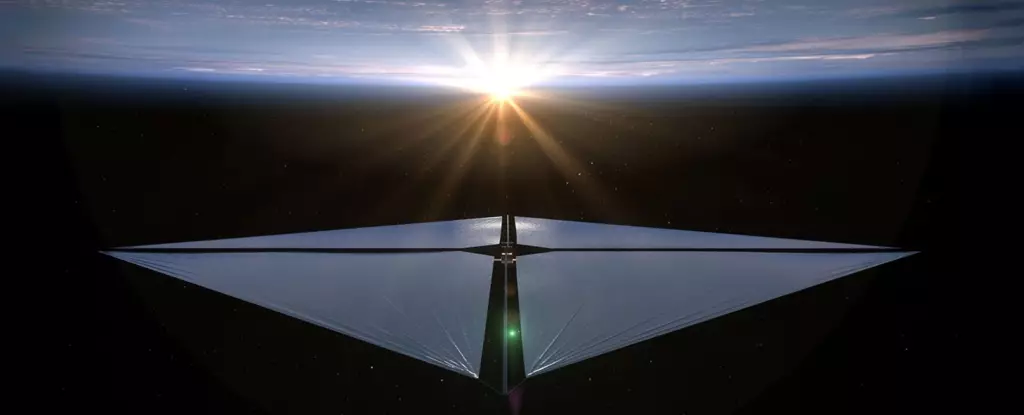NASA’s Advanced Composite Solar Sail System has recently deployed its booms and sails, allowing it to receive light pressure from the Sun for propulsion through the Solar System. This innovative technology utilizes sunlight to generate low levels of thrust, providing an efficient way to propel small spacecraft. The success of this system has the potential to revolutionize deep space exploration and other missions requiring low-thrust propulsion.
The development of the Advanced Composite Solar Sail System by NASA is a major step forward in testing solar sail technology. Unlike previous attempts, this system uses lighter and more durable composite materials for the boom and sail support. The successful deployment of the sail is crucial in proving the viability of this technology, with the potential for more efficient asteroid rendezvous and deep space exploration missions.
Deployment and Operation
After the deployment of the sail, the spacecraft was observed tumbling through space without attitude control. NASA’s team is now focused on analyzing the data and images received to understand the deployment of the boom technology. The next phase will involve stabilizing the spacecraft and adjusting its orbit based on flight handling and dynamics.
NASA is actively engaging the public in following the Advanced Composite Solar Sail System’s journey. The high reflectivity of the sail makes it visible to the naked eye, allowing sky watchers to spot the spacecraft as it passes overhead. The addition of a new feature to the NASA app enables users to set up notifications for alerts when the spacecraft is visible from their location. Furthermore, NASA is encouraging the public to share their pictures of the spacecraft online using the hashtag #SpotTheSail.
NASA’s Advanced Composite Solar Sail System represents a significant advancement in solar sail technology. The successful deployment and operation of the system will pave the way for future deep space exploration missions. The public engagement initiatives by NASA highlight the importance of sharing these technological achievements with the wider community. The continued monitoring and analysis of the spacecraft’s performance will provide valuable insights for further technology tests and demonstrations.


Leave a Reply